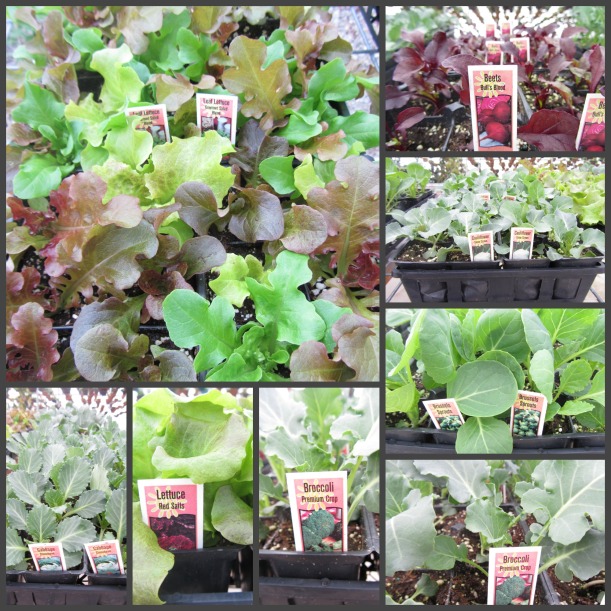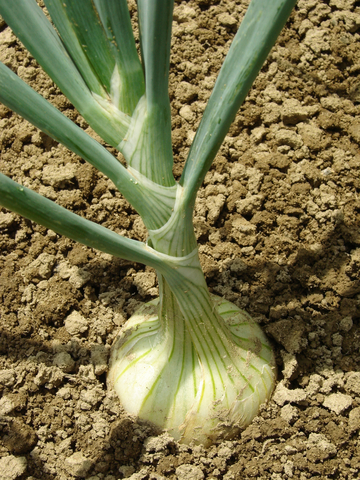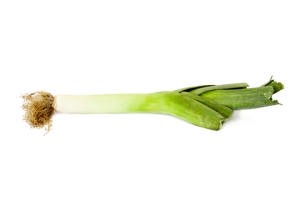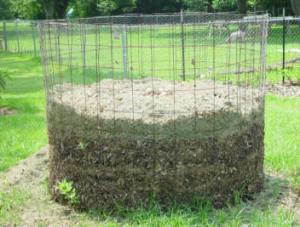Planter Season is here! Have you decided how you want to create your planters? Try adding a nontraditional plant for interest, or different colors and textures. Have you ever considered using a tropical plant?
Adding House Plants
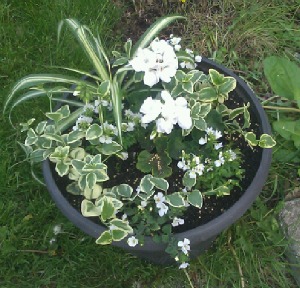 Last year I used a spider plant as the center focal point with a white geranium, white lobelia, white bacopa and vinca vine. The spider plant added the height I needed as well as a different texture against the white flowers. An added bonus came when the spider plant put off pups as they hung over the edge of the pot. It created just the interest I was looking for.
Last year I used a spider plant as the center focal point with a white geranium, white lobelia, white bacopa and vinca vine. The spider plant added the height I needed as well as a different texture against the white flowers. An added bonus came when the spider plant put off pups as they hung over the edge of the pot. It created just the interest I was looking for.
This year try your favorite house plant in your planters and see what you can come up with.
TIP: If you want to bring your houseplant into the house after the season, the easiest thing to do is to leave the houseplant in the grower pot that it was purchased in and plant pot and all in your planter. This will allow you to remove the plant easily without worrying about separating the roots from your annuals.
Adding Tropical Plants
My father used a large red leaf banana plant for the edge of his patio with a combo of trailing petunias. By doing so he added a large height item to the patio which created some extra shade to sit under in the height of the summer heat. This combination would also work extremely well near a pool creating a tropical feel.
Getting Ideas
This year I’m thinking about using a tricolor wandering Jew. I haven’t decided what to place around it; however, I think the tricolor (purple, silver and green) leaves flowing over the side of the pot would make a really nice trailing effect.
This time of year there are tons of garden magazines from which to get ideas. You can also find photos online to give you inspiration. One of our favorite places to look is Better Homes and Gardens. Check out their ‘Gallery of Beautiful Container Gardens’ here. Don’t forget Pinterest for ideas too!
If you need a little hands on inspiration, come to The Plant Farm for our Proven Winners weekend on April 19th and 20th with special guest Ron Newble, our Proven Winners representative.
By: Jessica Creach

